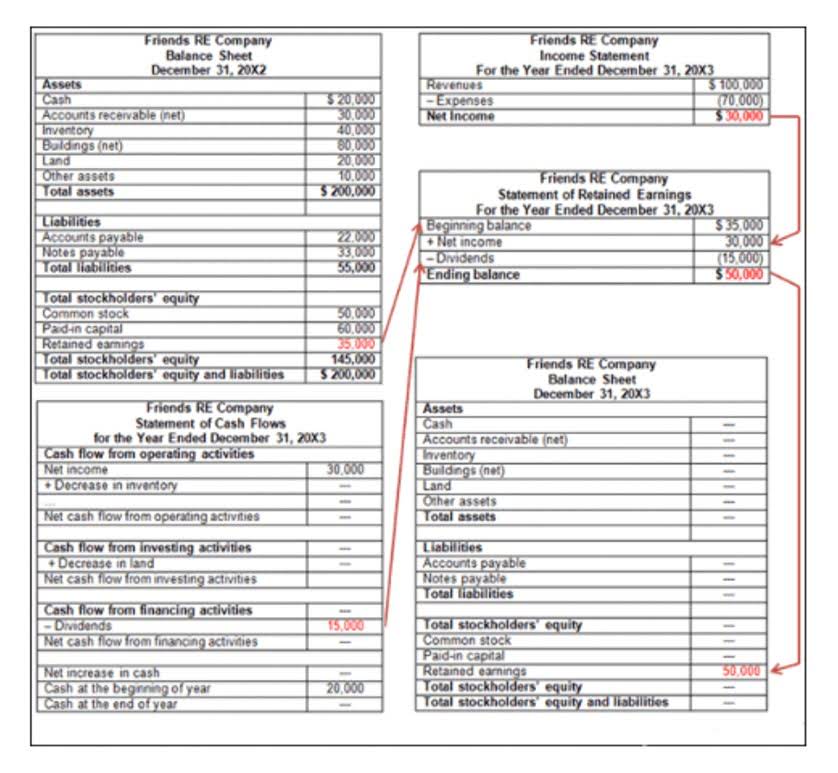How to Calculate Profit Margin

When you improve your profit margin, you actually make more money without needing to increase sales or gross revenue. You may find it easier to calculate your gross profit margin using computer software. Before you sit down at the computer to calculate your profit, you’ll need some basic information, including revenue and the cost of goods sold. That’s because gross margin accounting profit margins vary from industry to industry, which means that companies in different sectors aren’t necessarily comparable. So, for example, a retail company’s profit margins shouldn’t be compared to those of an oil and gas company. You can use this information to pinpoint elements of your sales that are going well or to cut ineffective practices.
Gross Profit Margin: Formula, Calculation and Example

That’s because the company is spending nearly as much money as it’s receiving from gross sales. This example illustrates the importance of having strong gross and operating profit margins. Weakness at these levels indicates that money is being lost on basic operations, leaving little revenue for debt repayments and taxes.
Gross Margin vs. Profit Margin: What’s the Difference?
- Companies may adopt various pricing strategies, such as cost-plus, value-based, or competitive pricing, each of which can have different implications for the gross margin.
- It shows how much profit a company makes after paying off its Cost of Goods Sold (COGS).
- Identifying these inflection points can guide future strategies, enabling businesses to replicate successes and sidestep pitfalls.
- Any fluctuation in these costs—whether due to supply chain disruptions, geopolitical events, or other reasons—can have a direct effect on gross profit.
- A shift in sales towards higher-margin products will elevate the overall gross profit and vice versa.
Moreover, gross margin can help identify which products and services are most cost-effective and which areas need improvement. While the gross margin only accounts for a company’s COGS, the net margin accounts for COGS plus all indirect, interest, and tax expenses. Gross profit is a company’s total profit after deducting the cost of doing business, specifically its COGS, and is expressed as a dollar value.
How to calculate gross margin ratio
The revenue and cost of goods sold (COGS) of each company is listed in the section below. To express the metric in percentage form, the resulting decimal value figure must be multiplied by 100. You can also dive deeper, analyzing how PG compares to its top competitors. Two such companies are Colgate-Palmolive (CL) and the Kimberly-Clark Corporation (KMB).
Net income / average total assets

A higher gross margin suggests that a firm generates a significant portion of revenue for each unit of product sold or service rendered. It acts as a litmus test, highlighting the company’s ability to cover its operating costs and turn a profit. Alternatively, as a revenue-generating tactic, it may opt to raise prices. As a result, investors are more likely to pay a greater fee for a firm with a more considerable gross profit margin.

- The machine’s cost is reclassified to a depreciation expense as the company uses the machine to produce revenue.
- But, as a general rule of thumb, a thriving gross margin is a positive indicator of a company’s financial vigor.
- Even products that sell a large volume may not be very profitable if they demand a large amount of materials and labor costs.
- You can also use websites like Stock Analysis to calculate this metric for you.
- In this case higher gross margin ratio means that the retailer charges higher markup on goods sold.
Some of these expenses include product distribution, sales representative wages, miscellaneous operating expenses, and taxes. Every business uses assets to generate revenue, so business owners must maintain and replace assets. Let’s assume that two restaurants each spend $300,000 on assets to operate the business. So restaurant A is earning a higher return on the same $300,000 investment in assets. A net profit margin of 18.9% means that for every dollar generated by Apple in sales, the company kept $0.189 as profit.